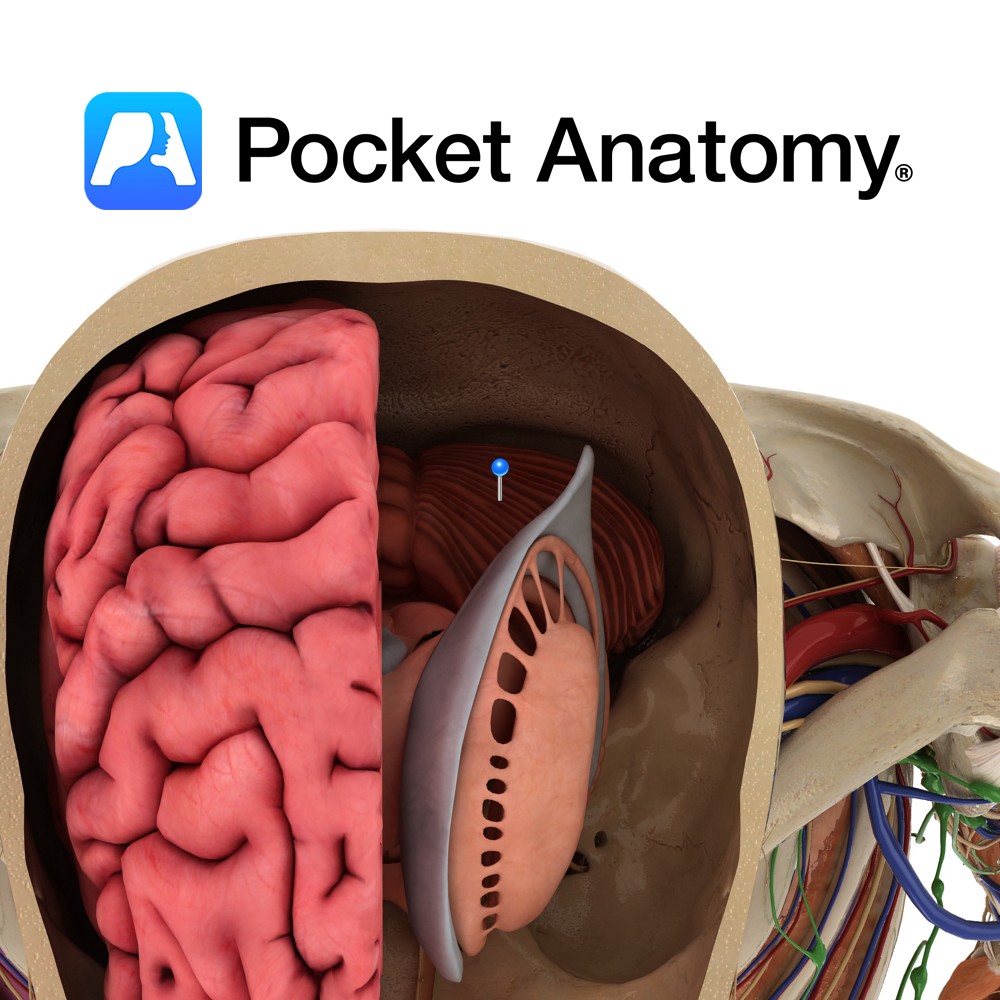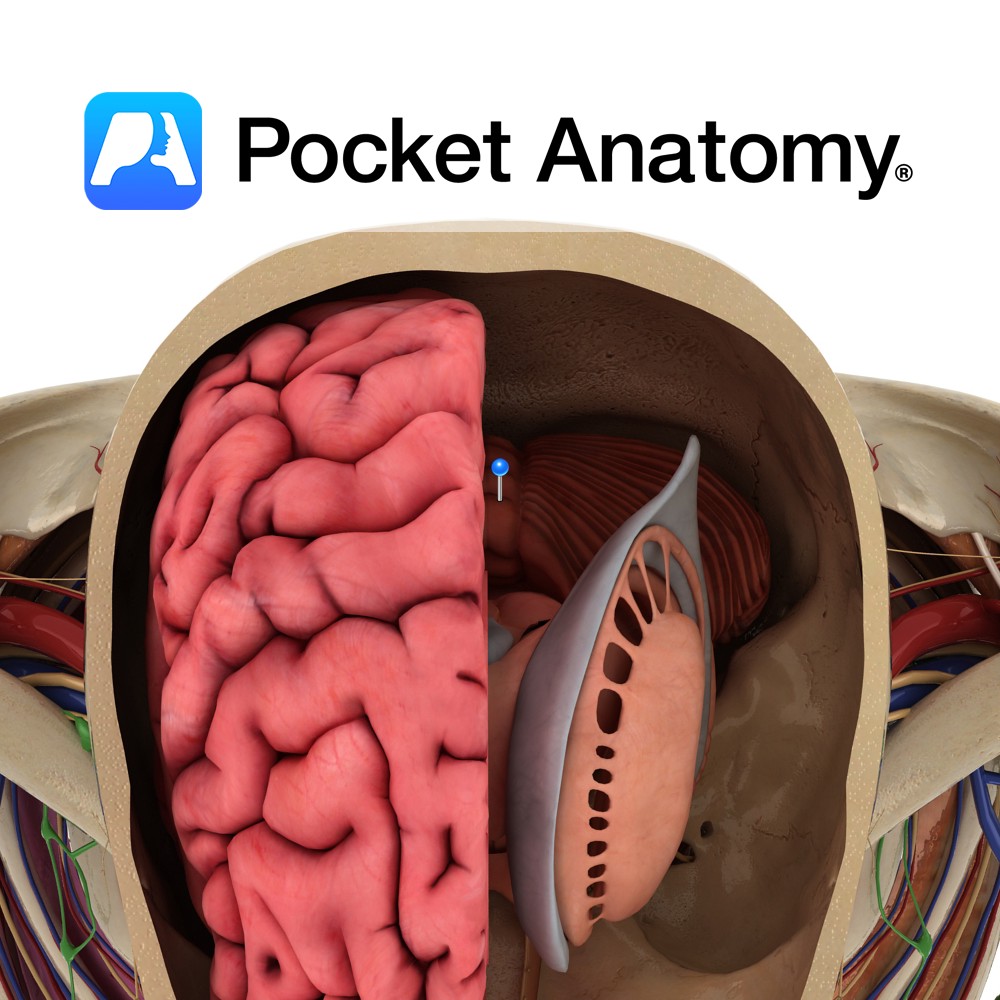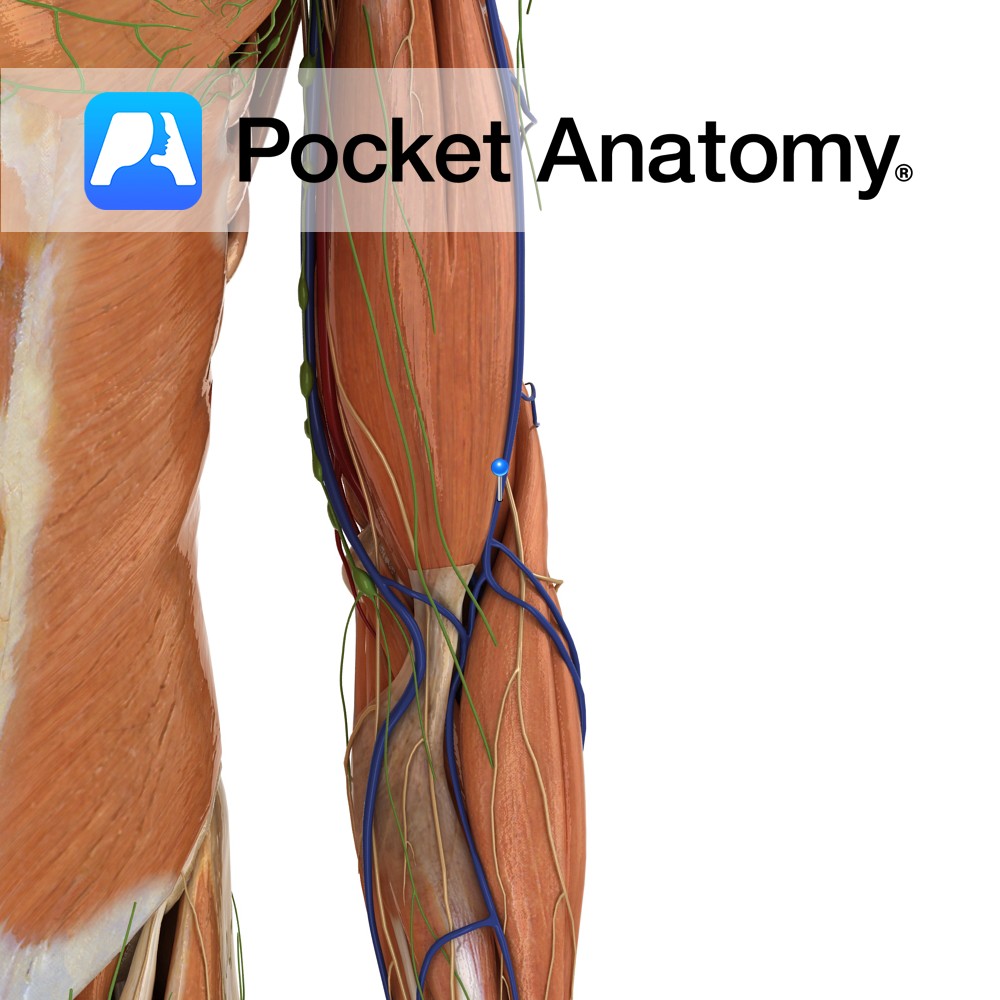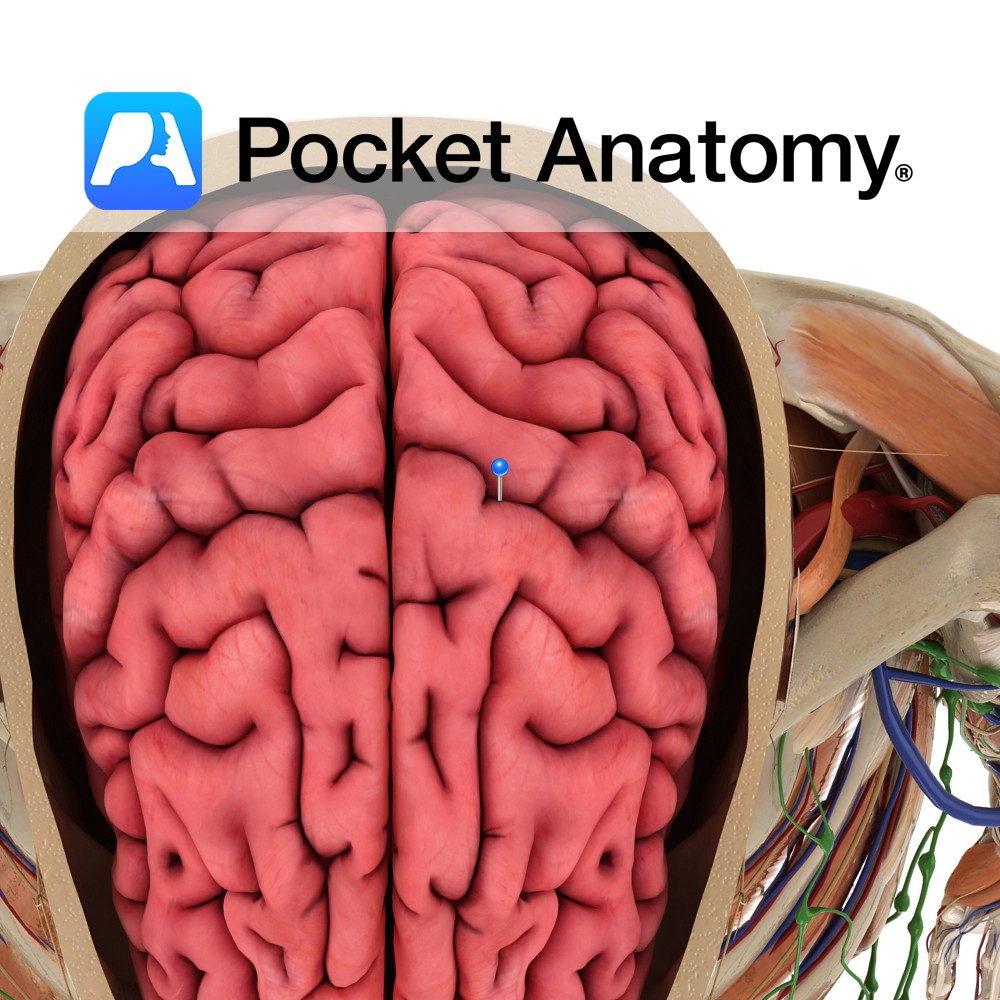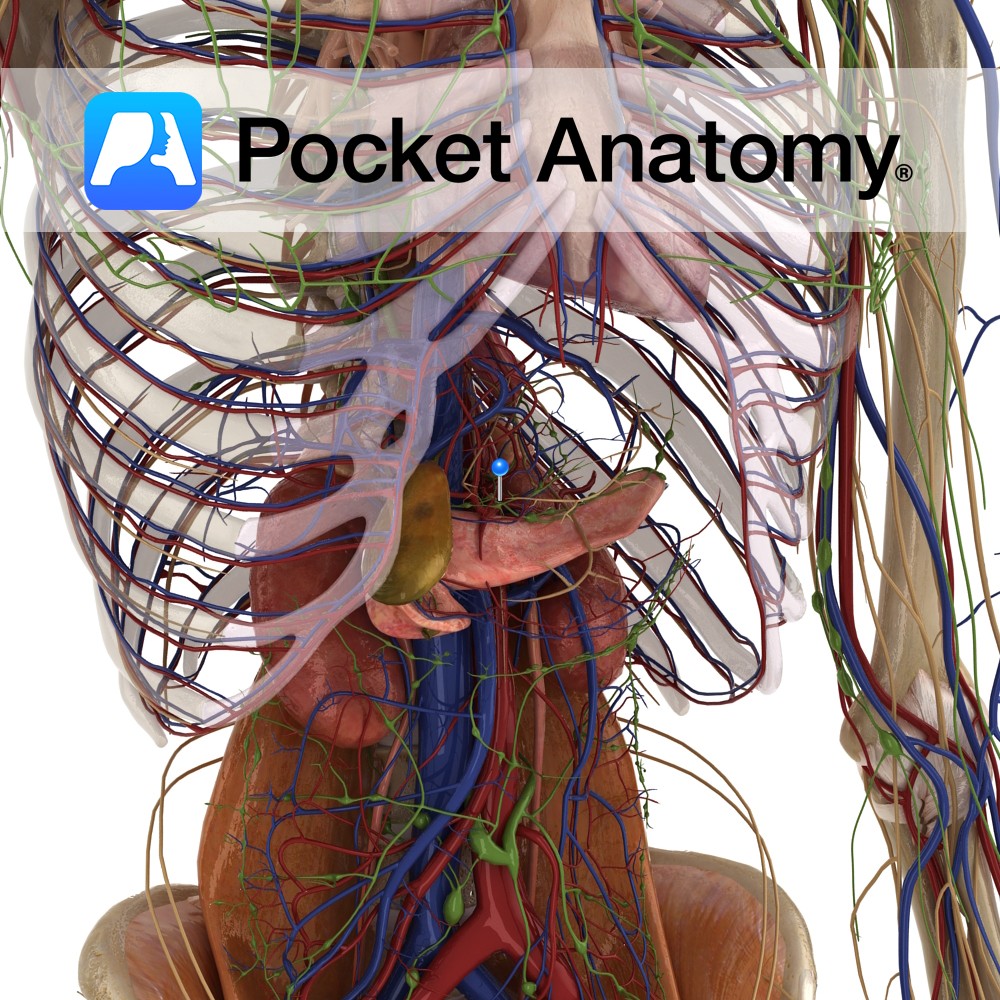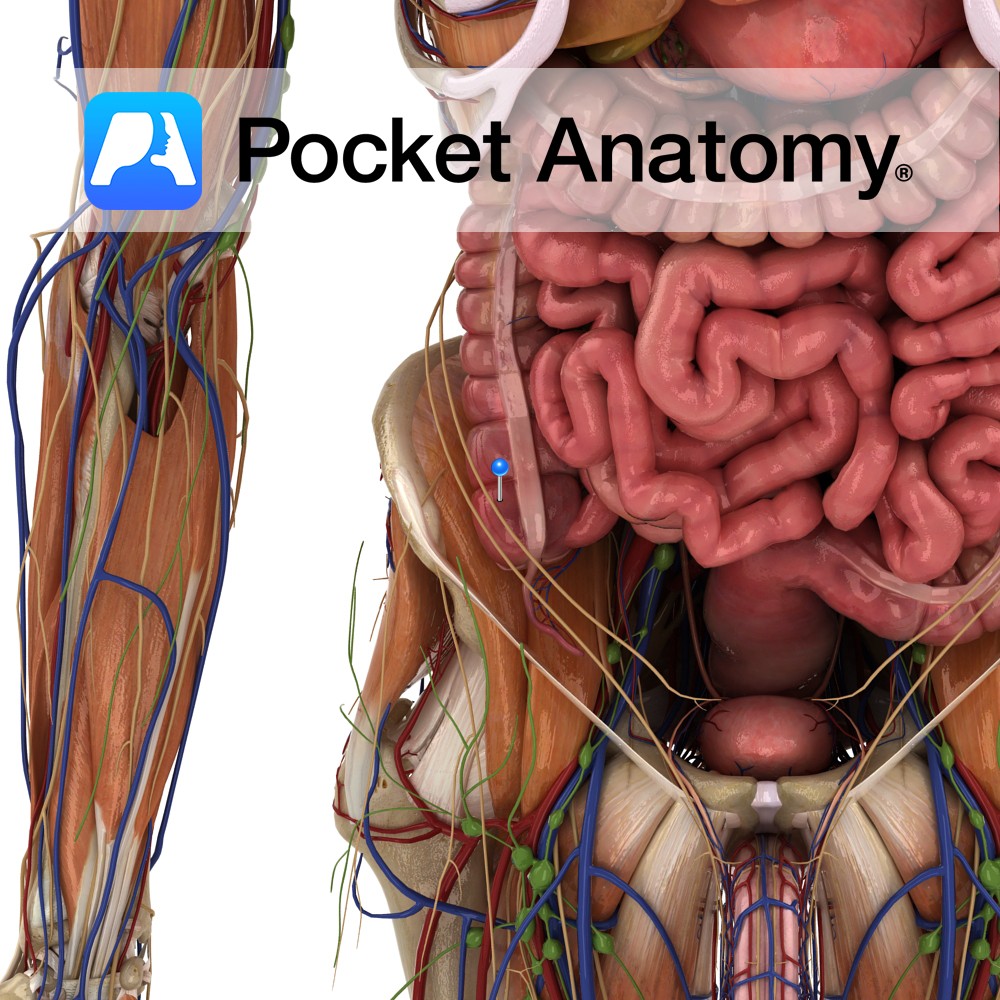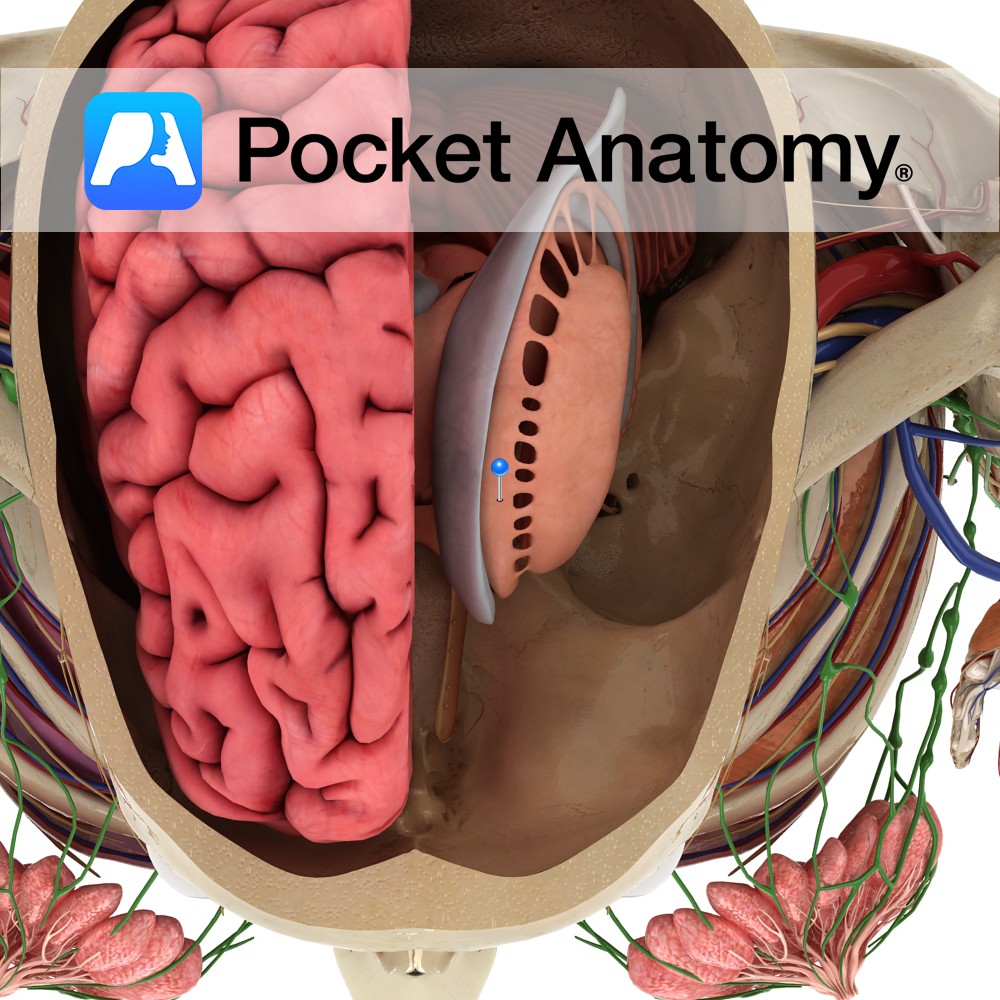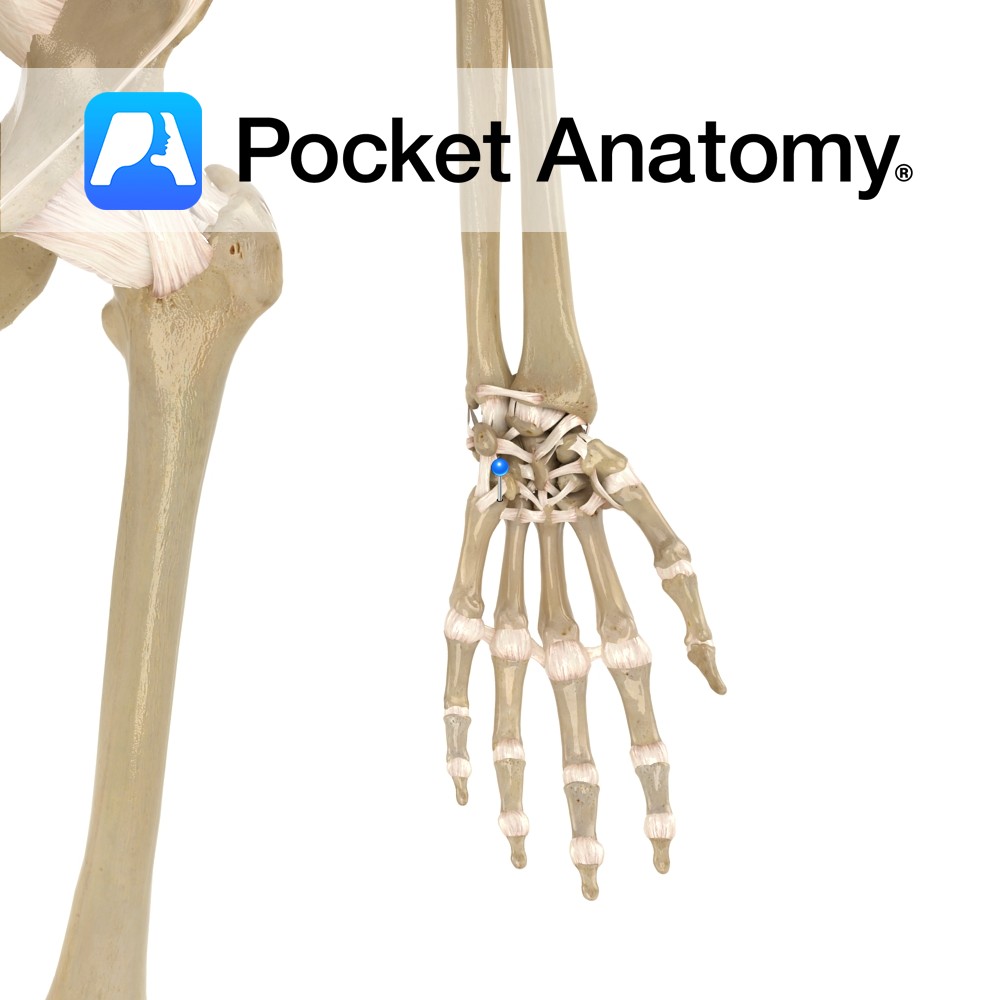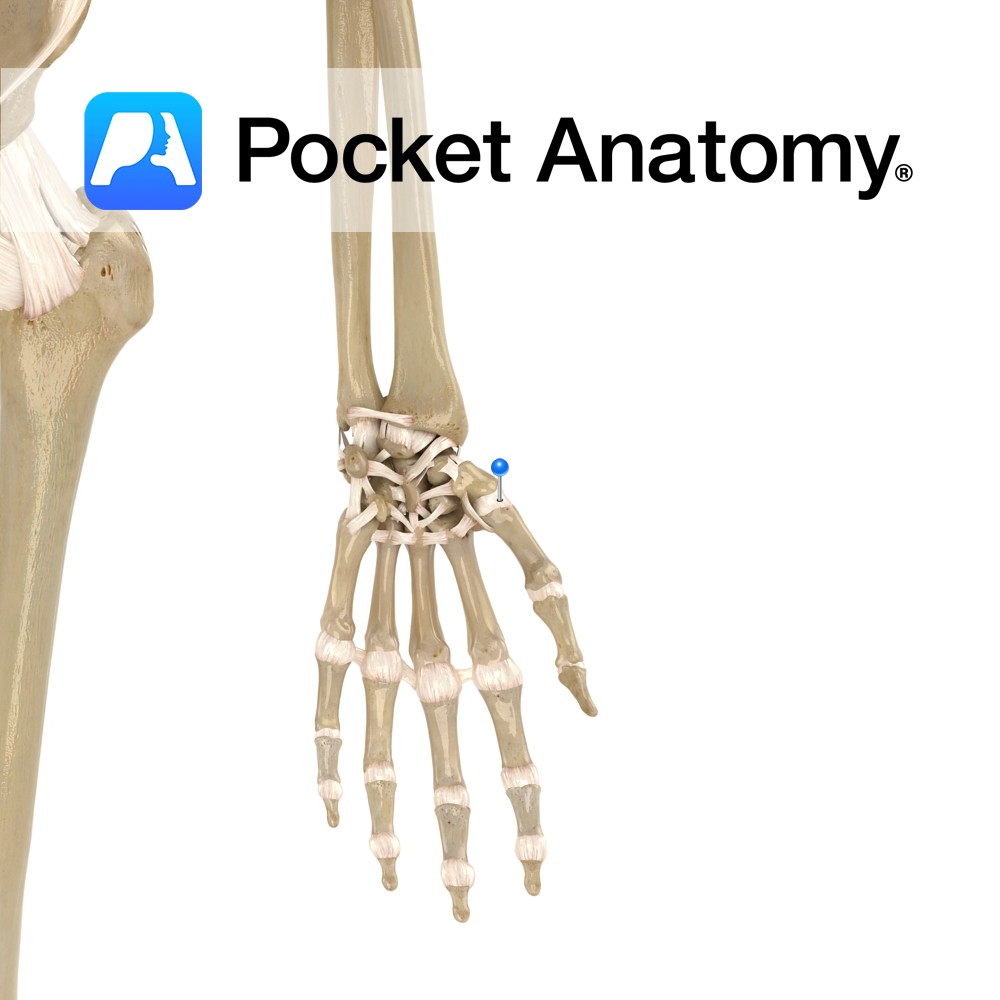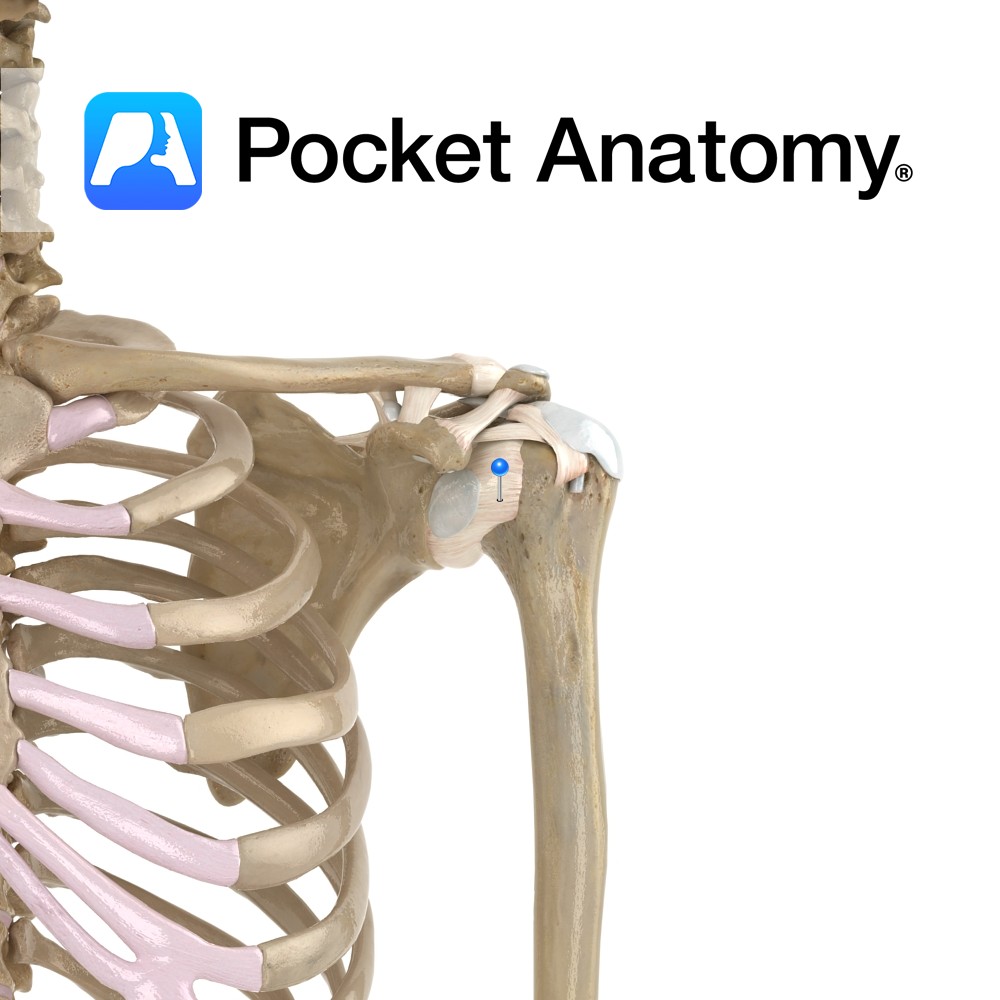PocketAnatomy® is a registered brand name owned by © eMedia Interactive Ltd, 2009-2022.
iPhone, iPad, iPad Pro and Mac are trademarks of Apple Inc., registered in the U.S. and other countries. App Store is a service mark of Apple Inc.
Anatomy Located in the posterior cranial fossa, inferior to the cerebrum and posterior to the pons and medulla and forms the roof of the 4th ventricle. Composed of two cerebellar hemispheres, connected by the midline vermis. The dural tentorium cerebelli separates the cerebellum below from the occipital lobes above, while the dural falx cerebelli intervenes
- Published in Pocket Anatomy Pins
Anatomy Located in the midline, between the two cerebellar hemispheres. It is further subdivided into nine areas, from anterior to posterior, as follows: lingula, central lobule, culmen, declive, folium, tuber, pyramid, uvula and nodule. Blood Supply: Supplied by branches of the superior, anterior inferior and posterior inferior cerebellar arteries. Clinical Cerebellar vermis lesions are characterised
- Published in Pocket Anatomy Pins
Anatomy Course Originates from the left side of the dorsal venous network found on the dorsum of the hand on the metacarpal bones. It travels superficially on the lateral aspect of the arm and forearm until it passes between the deltoid and pectoralis major muscle where it promptly empties into the axillary vein. Drain Drains
- Published in Pocket Anatomy Pins
Anatomy A sulcus separating the precentral gyrus in front from the postcentral gyrus behind and forming the boundary between frontal and parietal lobes. It extends anteroinferiorly from the great longitudinal fissure along the lateral aspect of the cerebral hemisphere before terminating near the lateral sulcus. Functions The anterior and posterior walls of the central sulcus
- Published in Pocket Anatomy Pins
Anatomy Course: Also known as the celiac artery, it is one of three midline branches of the abdominal aorta (along with the superior and inferior mesenteric arteries). It travels anteriorly to the upper border of L1 after entering the abdominal cavity through the diaphragm at T12, branching into splenic, hepatic, inferior phrenic, and gastric arteries.
- Published in Pocket Anatomy Pins
Anatomy Pouch-like (Latin; caecus – blind), usually (95%) peritoneal, 1st section of large intestine, between ileum (intervening ileo-cecal valve) and ascending colon, both valve and ceco- colic junction arising at upper surface, lower surface blind, appendix arising below and behind ileo-cecal valve (also called vermiform process, thin, 2-20cms, can pass up behind cecum, in/medial/left behind
- Published in Pocket Anatomy Pins
Anatomy The caudate nucleus comprises a head, body and tail. The head of the caudate is rounded and forms the anterior portion of the wall of the lateral ventricule. Its fibers pass through the internal capsule to be in continuity with the putamen. The body of the caudate is continuous with the head, adjacent to
- Published in Pocket Anatomy Pins
Motion The carpometacarpal joints of the 2nd to 5th fingers are synovial plane joints. The carpal bones of the wrist articulate with the second to fifth metacarpals. The second metacarpal articulates with the trapezoid primarily and also with the trapezium and capitate. The third metacarpal articulates with the capitate. The fourth metacarpal articulates with the
- Published in Pocket Anatomy Pins
Motion The carpometacarpal joint of the thumb is a condyloid synovial saddle joint between the trapezium and the first metacarpal. It is separate from the other CMCs in the hand. It allows flexion, extension, abduction, adduction, circumduction and opposition (medial rotation with flexion). The joint is allows much more mobility than the other CMC joints.
- Published in Pocket Anatomy Pins
Anatomy The capsular ligament of the shoulder surrounds the glenohumeral joint. It attaches from the scapula, just outside the glenoid labrum, and medial to the supraglenoid tubercle to allow for the attachment of the biceps brachii. It attaches onto the anatomical neck of the humerus, except medial where it extends down to the surgical neck
- Published in Pocket Anatomy Pins

